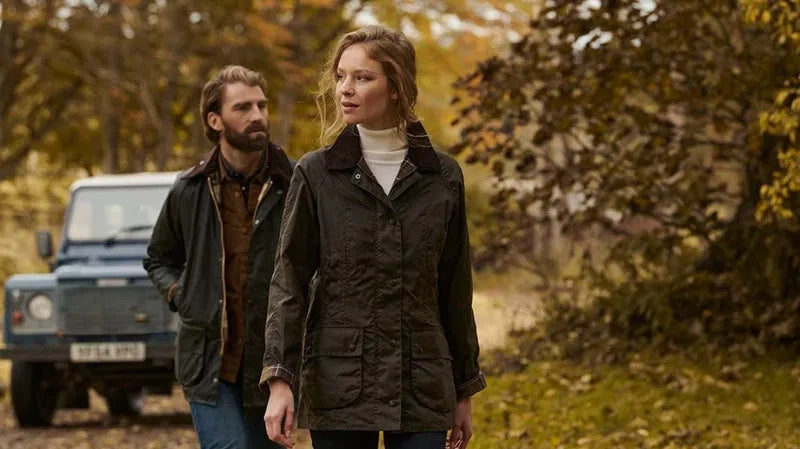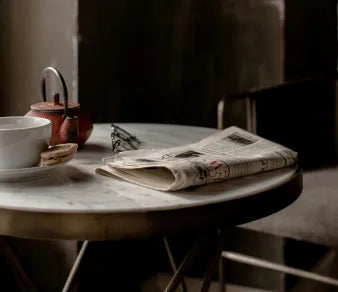
The oldest horse breeds in the world are living symbols of grace, resilience, and an age-old bond between humans and nature. This same dedication to tradition and craftsmanship mirrors our equestrian lifestyle. With our heritage rooted in horse breeding, we carry forward the principles of precision, quality, and timeless beauty.
Old horse breeds are remarkable testaments to human history and evolution. Horses have long been integral to human civilization. Their significance is recorded in ancient cave paintings, rock art, and artifacts that date back thousands of years. Over millennia, these animals not only adapted to diverse climates but also endured wars and served critical roles within ancient societies. Some of these old breeds still exist today. Each of them carry unique genetic traces and characteristics that have been carefully preserved, making them living relics of the past.
Caspian Horse
The Caspian horse is believed to be the oldest known breed, with evidence dating back over 5,400 years to the region surrounding the Caspian Sea. Their herds covered parts of modern-day Iran and Turkmenistan. Caspians are small yet agile, standing between 9 and 12 hands high and exhibiting a wide range of coat colors such as bay, chestnut, black, and palomino. Interestingly, they were highly prized by ancient Persian civilizations for their agility and speed. These horses were once nearly extinct but were rediscovered in Iran in the 1960s. Today, Caspians are celebrated in children’s sports due to their size, intelligence, and versatility. They often excel in dressage, driving, and pony racing.
Mongolian Horse
The Mongolian horse, another old breed, has existed in Mongolia for over 4,000 years. These hardy, short, and stocky horses generally stand between 12 and 14 hands and display impressive resilience. They are capable of foraging and surviving even in the harshest conditions. Moreover, the Mongolian horse holds a central place in the culture of Mongolia. They were vital in warfare, particularly under the rule of Genghis Khan who relied on their endurance and versatility in battle. Mongolian horses also have genetic connections with other old breeds, including the Icelandic horse and the Akhal-Teke. In modern Mongolia, horses remain integral to nomadic life, with children learning to ride from a young age. They are also central to endurance events like the Great Mongolian Ride. This ride is a grueling 3,000-kilometer race that has become an emblem of their stamina and historical resilience.
Icelandic Horse
In Iceland, the Icelandic horse developed from the ponies brought by Norse settlers in the 9th and 10th centuries. Standing at a modest 13 to 14 hands, Icelandic horses are robust animals with thick double coats. Also, they have distinct gaits, including the “tölt” and “pace”, known for their smoothness. Historically, this old horse breed is invaluable for transportation, farming, and herding sheep. Therefore, Iceland’s laws now strictly prohibit the reentry of exported horses to preserve the breed’s purity. The Icelandic horse’s unique features and calm, friendly nature have made it popular outside of Iceland. They are particularly liked in North America and Europe where riders appreciate their sturdy build and amiable temperament.
Arabian Horse
The Arabian horse, originating on the Arabian Peninsula, has an ancient lineage that spans more than 4,000 years. Characterized by their athletic build and distinctive refined head shape, Arabians stand between 14.1 and 15.1 hands. Furthermore, they are typically chestnut, bay, grey, black, or roan in color. Known for their endurance, speed, and intelligence, this old horse breed was essential to the Bedouin tribes who relied on them for long desert journeys. Additionally, the Arabian breed has influenced many modern horse breeds and is well-suited for competitive racing, endurance sports, and equestrian events. However, due to their spirited temperament, they are best suited for experienced riders.
Norwegian Fjord Horse
In Norway, the Norwegian Fjord horse has a lineage tracing back around 4,000 years, with possible links to the wild Przewalski horse. This small, stocky horse, standing between 13.1 and 14.3 hands, is always dun-colored with a thick coat and feathered legs. This makes it well-adapted to cold climates. Also, this old horse breed has played a significant role in Norwegian history. For example, the horses were used by the Vikings as war horses and were later integral to Norwegian agriculture. Today, their friendly disposition and calm nature make them ideal for beginners and therapeutic riding. They are also used in farm work, carriage pulling, and are beloved as family-friendly companions.
Akhal-Teke Horse
The history of the Akhal-Teke horse from Turkmenistan dates back more than 3,000 years. This old breed is known for its striking metallic coat which often appears in shades like golden, buckskin, and palomino. Graceful and slender, this old horse breed stands between 14.2 and 16 hands and is known for their speed and endurance. This earned them the nickname “golden horse.” Historically, the Akhal-Teke was cherished by Turkmen tribes as a symbol of status and power. Furthermore, they impressed figures like Alexander the Great. Today, they are celebrated in endurance racing, dressage, and eventing. Also, they are admired for their beauty and athleticism.
Cultural Importance of Old Horse Breeds
Nowadays, these old horse breeds carry immense cultural importance. Each played a foundational role in early societies, contributing to trade, warfare, transportation, and agricultural development. Most of them are symbols of national identity and tradition. Moreover, many are regarded as cultural treasures that embody the spirit of the regions they hail from. Thus, modern conservation efforts are essential for preserving these breeds, especially those with small populations like the Caspian and Akhal-Teke. By maintaining these breeds, we preserve a living link to ancient lifestyles, genetic heritage, and the enduring partnership between horses and humans.
Conservation Efforts and Legacy of Equestrian Heritage
In modern times, these old breeds are cherished not only for their historical significance but also for their suitability in a variety of equestrian pursuits. Whether for endurance riding, therapeutic programs, trail riding, or competitive events, they continue to demonstrate the traits that made them so valuable to ancient civilizations. Hence, the oldest horse breeds serve as windows into human history. They showcase resilience, beauty, and a unique heritage that connects us to our shared past.
As dedicated horse owners, breeders, and dressage riders, our connection to horses is personal and profound. From daily rides through tranquil landscapes to sharing in the quiet strength and grace of these noble animals, our lives are enriched by their presence. Embracing an equestrian lifestyle is an authentic expression of who we are. These horses are trusted companions that we cherish. Through them, we maintain a living connection to the past, carrying forward a legacy of tradition, beauty, and respect for these remarkable animals.

